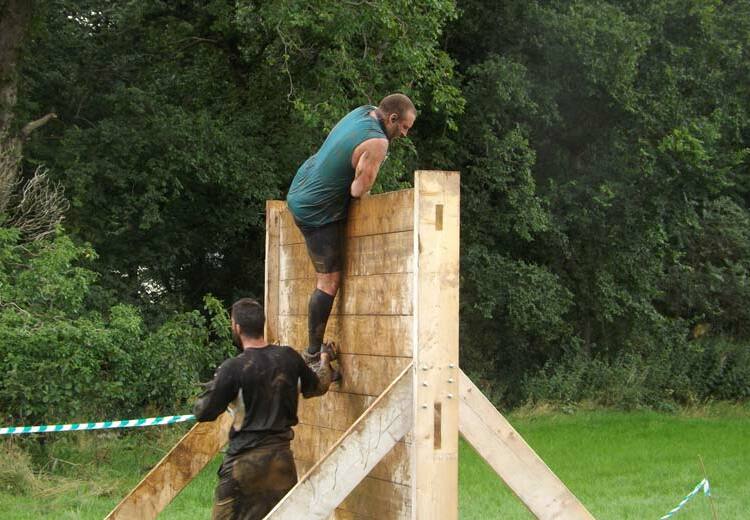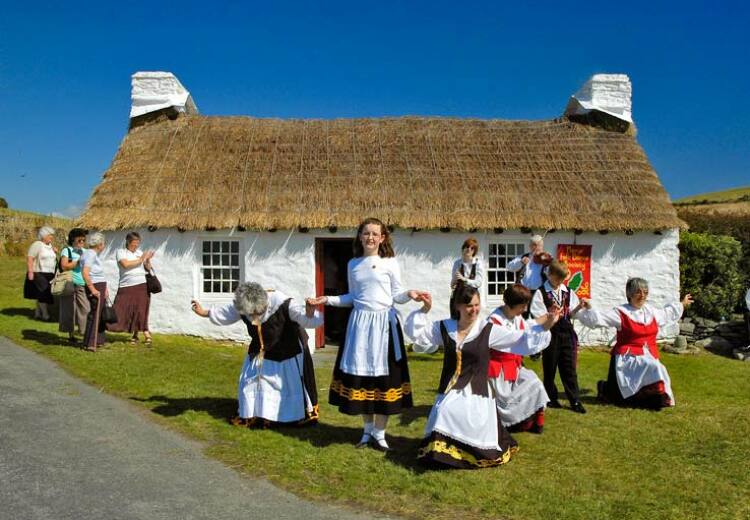At 15.15hrs on the 21st February 2017 fire crews from Port Erin and Castletown Stations were dispatched by the Emergency Services Joint Control Room to a report of a house fire at a property in Ballafesson, Port Erin.
Upon arrival of the first fire appliance it was found that the living room of the property was heavily smoke logged. Two firefighters wearing breathing apparatus extinguished the fire using a high pressure hose reel. The fire was contained to wood that had been stored next to a wood burning stove. Fire crews removed the wood; ventilated rooms affected by smoke and a used a Thermal Image Camera to check for any hot spots.
Crews remained in attendance for approximately 40 minutes.
Fire safety advice for users of wood burning stoves:
- The stove or boiler should be installed by a competent person, following the maker’s instructions and the building regulations and codes of practice.
- Wood burning stoves and boilers require placement on a fire-resistant base. Placement directly onto a hardwood floor or carpeted surface increases the risk of fire due to the extreme heat in the firebox.
- The wood should be dry and well-seasoned. This usually takes about two years. A well-seasoned log will have drying-out splits in the ends. Wet or newly felled wood can cause tar or creosote to form in the wood burner and chimney.
- If the creosote is not removed through yearly cleaning, there is a significant danger of the creosote igniting and causing a chimney fire. Any kind of chimney fire has the potential to result in significant loss of property or life.
- The chimney should be cleaned at the end of each heating season and at least once during the heating season. It should also be inspected regularly.
- Do not stack logs or place any other combustible materials immediately adjacent to the stove or boiler. The Fire Service continues to be called to fires caused because of logs being stored against the hot external surface of wood burners.








